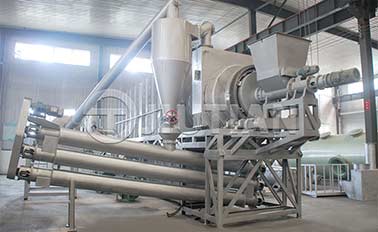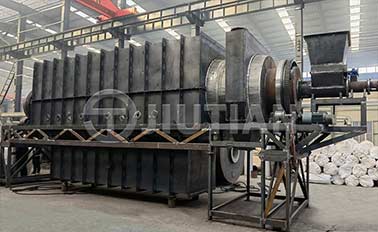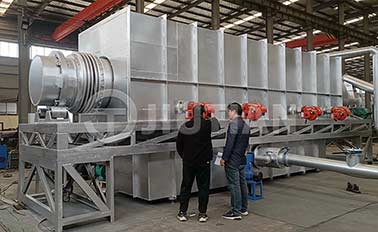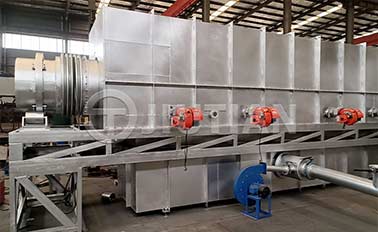A carbonization furnace is a device commonly used to convert raw organic materials into activated carbon, and coconut shells are one common source of raw materials. By converting coconut shells into high-purity activated carbon, the carbonization furnace becomes a very useful tool.
Coconut shell is the outer shell part of coconut. It has high fiber content and carbon content and is an ideal raw material for preparing activated carbon. The working principle of the carbonization furnace is to place coconut shells in a high-temperature environment, convert the raw materials into carbon through pyrolysis and gasification processes, and simultaneously remove impurities and volatile substances.

Under the high temperature conditions of the carbonization furnace, the organic matter in the coconut shell begins to decompose, releasing gas and steam, and gradually transforms into pure carbon.
Activated carbon is a porous material with huge specific surface area and adsorption capacity. High-purity activated carbon can efficiently adsorb and remove impurities, organic matter, heavy metals and other pollutants in water due to its fine pore structure. Therefore, high-purity coconut shell activated carbon is widely used in water treatment, air purification, chemical industry and other fields.
In summary, the carbonization furnace is an important tool for converting coconut shells into high-purity activated carbon. Through the pyrolysis and gasification process of the carbonization furnace, the organic matter in the coconut shell is converted into pure carbon, producing activated carbon with excellent adsorption properties.

Location:Indonesia
Project Progress:Put Into Production

Location:Vietnam
Project Progress:Put Into Production

Location:Kenya
Project Progress:Put Into Production

Location:Canada
Project Progress:Put Into Production